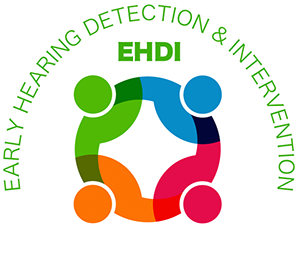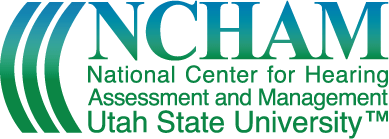Last Modified: 06/21/2023
II. Organizational Readiness

As with any new initiative, it is important to ensure that the needed buy in, resources, and work plan are in place to ensure success. Without laying a strong foundation, a new initiative is likely to fail. Therefore, the first step in beginning a tele-audiology effort involves determining your organization’s readiness. There are three key components to address to ensure readiness to implement T-A:
- Complete a needs analysis. This helps identify specific needs and areas where needs exist. Asking questions such as “Which areas of the state are experiencing the greatest loss to follow up?” or “Which areas have existing telehealth efforts underway on which we can build?”
The Iowa T-A Needs Assessment [PDF] is a resource to help determine the best use of Tele-Audiology for your business.
The American Academy of Audiology COVID-19 and Clinical Recommendations provides suggestions on how to react to the COVID-19 pandemic. - Design your program model. The information from the needs analysis is used to develop a model for delivering tele-audiology services. This includes targeting the geographic areas to be served, identification of personnel in both the patient and specialist sites, training, and technology resources. The ASHA Tele-Audiology Model Considerations reviews different tele-audiology service delivery models.
- Develop a business plan. It is important to ensure that your proposed tele-audiology program is financially viable in order to sustain the service. Many new tele-audiology projects start out as grants, which are useful to fund feasibility studies. However, a business plan includes developing long-term funding mechanisms.
Featured Article: Critical Steps in Establishing a Teleaudiology Practice
- From the article: "Interested in building a teleaudiology program into your existing hearing care practice or organization? Here is some practical advice, as well as 10 items to consider in your planning."
The California Telehealth Resource Center (CTRC) has valuable information describing this process. This resource was developed from 10 years of experience in the telehealth field and provides content from telehealth experts across the nation. CTRC also provides a Just in Time Video series that articulates these key steps, as well as providing many other up-to-date tele-audiology resources and information.
The Business Case for Tele-audiology article reviews important business considerations pertaining to tele-audiology implementation. The ATA’s Business and Finance Special Interest Group produced a Business Plan Template Summary specifically for telehealth programs. As defined by ATA’s Business and Finance Special Interest Group, “a business plan is a comprehensive planning document that clearly describes the business development objectives of a new service [such as tele-audiology], and it contains the detailed plans and budgets showing how the objectives are to be realized” (Barker, G., etc..).
Examples
- South Dakota EHDI Program: Using Teleaudiology to Conduct Infant Diagnostic Assessments
- California Tele-Audiology Program Improve Access to Audiologists
- ASHA - 5 Steps to Getting Started with Telepractice
- ASHA - Pivoting to Telepractice: Adapting Audiology Care to Our New Virtual Reality
- ASHA - Telepractice Services and COVID-19
References
- American Academy of Audiology Board of Directors. (2020). COVID-19 and clinical recommendations. American Academy of Audiology. https://www.audiology.org/
- Andricks, J. & Smith, S. (2020). 5 steps to get started in telepractice. The AHSA Leader. https://leader.pubs.asha.org/do/10.1044/5-few-steps-to-get-started-in-telepractice/full/
- Ballachanda, B. (2017). Critical steps in establishing a teleaudiology practice. HearingReview, 24(1):14.
- California tele-audiology program improves access to audiologists. (2015). HearingReview. https://www.hearingreview.com/hearing-loss/patient-care/pediatric-care/california-tele-audiology-program-improves-access-audiologists
- Coco, L. & Marrone, N. (2020). Pivoting to telepractice: Adapting audiologyc care to our new virtual reality. The ASHA Leader. https://leader.pubs.asha.org/do/10.1044/2020-0415-audiology-telepractice/full/
- Davis, D. (2017). The business case for teleaudiology. Hearing Review, 24(1):30.
- Krumm, M. (2014). Teleaudiology model consideration. Perspectives on Telepractice, 4(1), 4- 10. https://doi.org/10.1044/teles4.1.4
- The American Speech-Language-Hearing Association. (n.d.). Telepractice services and coronavirus/COVID-19. https://www.asha.org/Practice/Telepractice-Services-and-Coronavirus/
- Williams, H., Riley, E., & Messersmith, J. (2020). South Dakota hearing detection and intervention program: Using teleaudiology to conduct infant diagnostic assessments. Journal of Early Hearing Detection and Intervention, 5(1), 47-53. https://doi.org/10.26077/xvak-k565


